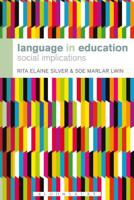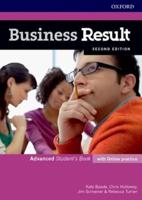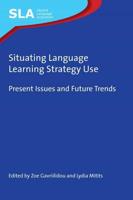Publisher's Synopsis
Unlike many introductions to the field of language acquisition research, How Languages are Learned does not assume that you are already familiar with research methods or theories. Its clear, readable style and absence of unnecessary technical jargon has helped to make it a standard text for trainee teachers throughout the world. There are evaluations and case studies throughout the book so that you can see a practical context for the research ideas you are reading about. Many of these examples are taken directly from real first and second language classrooms. The new Activities feature provides opportunities for you to think through the research being discussed. Each chapter ends with Questions for Reflection which draw on your experiences of language learning and teaching and your critical thinking skills to revise the chapter content. Reference to language acquisition research has been updated throughout the chapters and suggestions for further reading. Extra resources, including Supplementary Activities, Discussion Questions, Chapter Summaries, and video interviews with the authors are available online at www.oup.com/elt/teacher/hlal. The book is organized into seven chapters: Chapter 1: 'Language learning in early childhood' (Includes first language acquisition data, explanations of first language acquisition from different perspectives, and updates to research on childhood bilingualism) Chapter 2: 'Second language learning' (Topics covered include: learner characteristics, learner conditions, the language of second language learners, vocabulary, pragmatics, phonology, and sampling learners' language) Chapter 3: 'Individual differences in second language learning' (Factors discussed include intelligence, aptitude, learning styles, personality, motivation and attitudes, identity and ethic group affiliation, and learner beliefs. Includes new research on age and second language instruction) Chapter 4: 'Explaining second language learning' (Examines second language learning research from behaviourist, innatist, cognitive, and sociocultural perspectives.) Chapter 5: 'Observing learning and teaching in the second language classroom' (Looks at different learning environments and discusses ways of observing and reporting on them.) Chapter 6: 'Second language learning in the classroom' (Contains six practical proposals for classroom teaching based on research findings and insights.) Chapter 7: 'Popular ideas about language learning revisited' (The authors list and give their personal perspective on some commonly held beliefs about language learning.) There is a glossary to explain new and technical terms used in the book, and a full bibliography at the end of the book.









